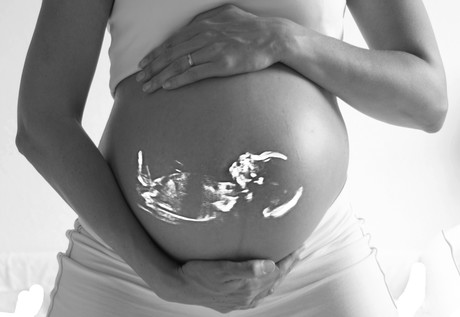Ultrasounds can decrease bone density, scientists find

Malaysian scientists have found that young rabbits exposed to ultrasound during foetal development had weaker thighbones than unexposed rabbits, raising questions about the use of prenatal ultrasounds in women worldwide.
Ultrasounds use high-frequency soundwaves to produce images of internal body structures, including developing foetuses. The ultrasound image is produced by the reflection of soundwaves bouncing off the structures they hit.
While ultrasound imaging has been used for over 20 years, and is considered relatively safe, the US FDA cautions against using ultrasound for non-essential purposes. The concern is that ultrasound waves carry energy that heats tissues and can sometimes produces small gas bubbles in body fluids or tissues. The long-term effects of this are unknown.
Looking to study the potential side effects, researchers from Universiti Teknologi MARA in Malaysia examined 22 pregnant rabbits, which gave birth to 142 young. Four mother rabbits received no ultrasounds, while the others were exposed to ultrasound for 30, 60 or 90 min once during pregnancy. Each rabbit received only one ultrasound, but the timing was varied throughout the three trimesters of pregnancy to see if there were different effects. The researchers analysed the baby bunnies’ thighbones at one and five months.
Writing in the Pertanika Journal of Science & Technology, the researchers revealed that bunnies exposed to ultrasound in the womb had significantly weaker bones than those not exposed. Bones can absorb far more energy than other tissues, the researchers explained, which is why ultrasounds can have a disproportionate effect on them.
In the first trimester of pregnancy, the bones had not yet ossified and so were better able to handle the ultrasound heat, the researchers noted. But by the second and third trimesters, the bones were thicker and the impact was therefore greater. The bunnies’ bodies were unable to repair the damage and their bones had greater porosity and lower density than control subjects.
Since rabbit bones are similar to human bones, the researchers suggest it would be safer to restrict ultrasounds to high-risk pregnancies and other necessary situations.
A non-destructive way to locate microplastics in body tissue
Currently available analytical methods either destroy tissue in the body or do not allow...
Rapid imaging method shows how medicine moves beneath the skin
Researchers have developed a rapid imaging technique that allows them to visualise, within...
Fluorescent molecules glow in water, enhancing cell imaging
Researchers have developed a new family of fluorescent molecules that glow in a surprising way,...



